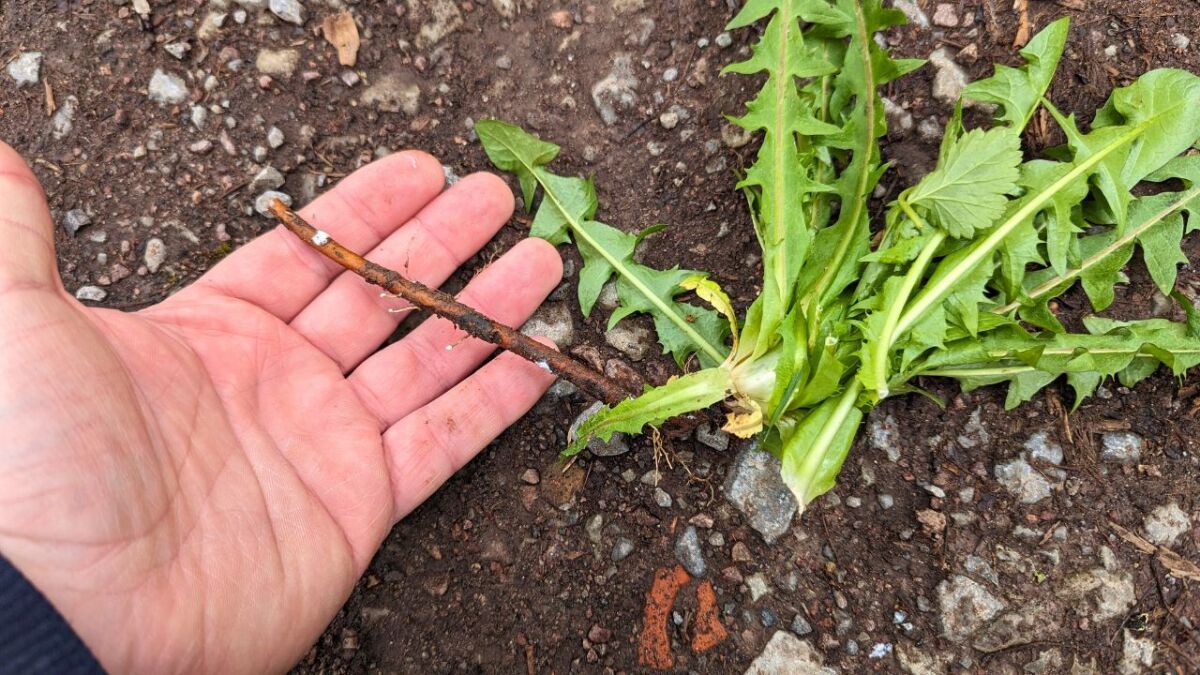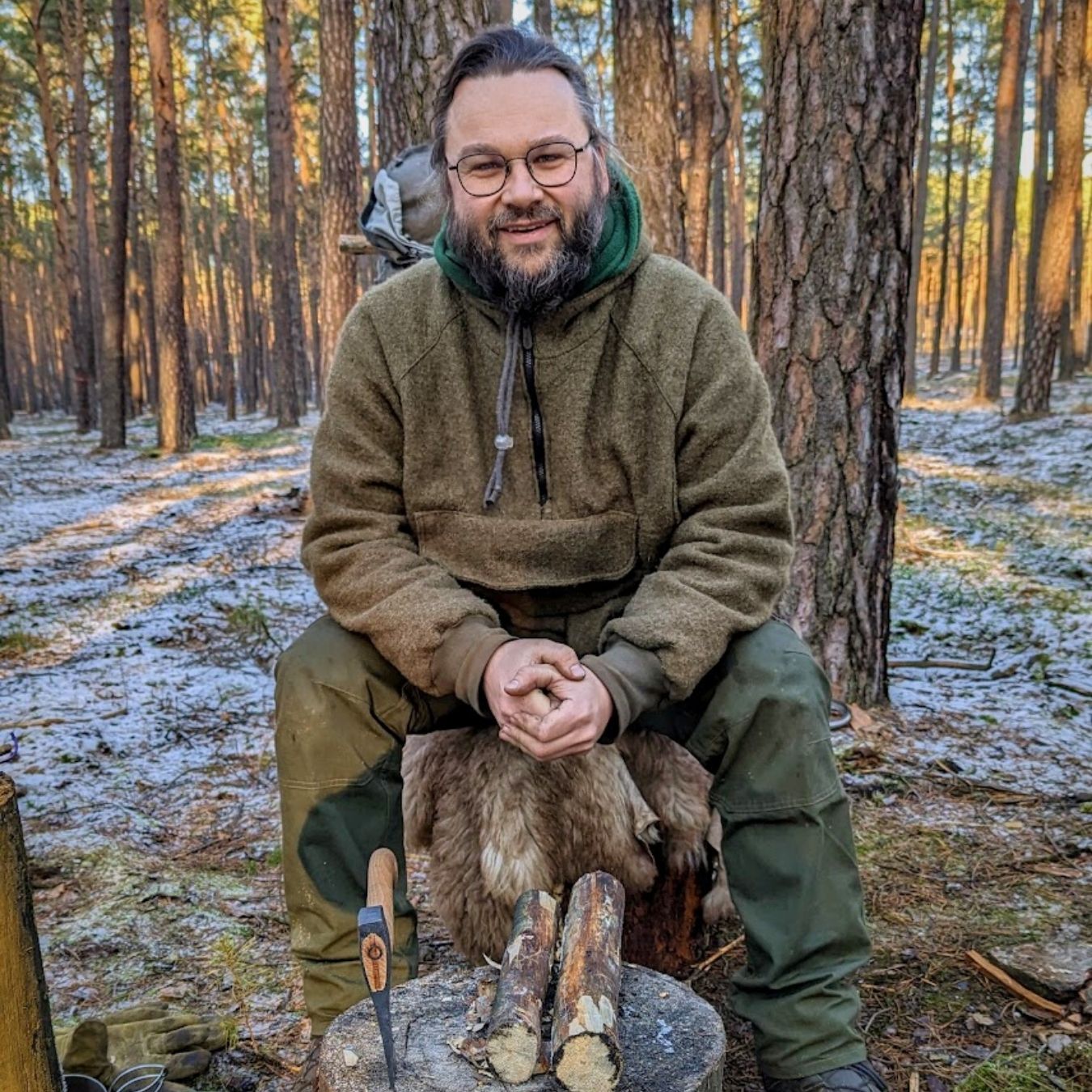
wild plants
Nomen
Meaning
Wild plants are an essential part of survival, bushcraft, and outdoor activities such as camping and hiking. They refer to any plant species that grow naturally in the wild, without human cultivation. These plants play a crucial role in providing food, medicine, and other resources for those who venture into the wilderness. Knowing how to identify and utilize wild plants is a valuable skill for anyone interested in self-reliance and living off the land. From foraging edible plants to using medicinal herbs, understanding the diverse array of wild plants is key to thriving in the great outdoors.

Examples
„I love foraging for wild plants in the forest. They provide me with nourishment and a connection to nature.“
„During my last camping trip, I discovered a variety of edible wild plants, such as dandelion greens and wild garlic.“
„When I go hiking, I always carry a field guide to help me identify different wild plants along the trail.“
„Learning about the medicinal properties of wild plants has been a fascinating journey for me. I now know how to make herbal remedies using plants like chamomile and yarrow.“
„One of the most important skills in survival is knowing how to find and utilize wild plants for food and medicine. It's a crucial aspect of self-sufficiency in the wilderness.“
Origin
The term "wild plants" refers to any plant species that grow naturally in their native habitats without human intervention. These plants have their origins in the natural world and have evolved over time to adapt to their specific environments.
Wild plants can be found in various ecosystems, including forests, meadows, deserts, and mountains. They play a crucial role in maintaining biodiversity and providing food and shelter for wildlife.
Throughout history, humans have relied on wild plants for survival. Our ancestors learned to identify and utilize different plant species for food, medicine, and other purposes. This knowledge was passed down through generations, forming the basis of traditional herbal medicine and foraging practices.
In recent times, the interest in wild plants and their uses has seen a resurgence. Many people are rediscovering the benefits of incorporating wild plants into their diets and lifestyles. Foraging for wild edible plants has become a popular activity, allowing individuals to connect with nature and learn about the natural resources available to them.
Wild plants are also a subject of study in the field of ethnobotany, which explores the relationship between people and plants in different cultures. Researchers investigate the traditional uses of wild plants by indigenous communities and the potential for their sustainable utilization.
Overall, wild plants are a fascinating and important part of our natural world. Understanding their origins, characteristics, and uses can enhance our appreciation for the diverse plant life around us and inspire us to live in harmony with nature.
Synonyms
Wild herbs, Foraged plants, Edible plants, Native vegetation, Wilderness vegetation, Natural flora, Uncultivated plants, Foraged greens
Antonyms
Cultivated plants, Domesticated plants, Cultivated crops, Cultivated vegetation, Cultivated flora, Cultivated greenery, Cultivated herbs, Cultivated flowers
Relatives
Foraging, Edible plants, Medicinal plants, Plant identification, Plant uses, Plant survival, Plant nutrition, Plant folklore
Historical and cultural importance
Wild plants have a rich historical and cultural significance that spans across civilizations and time periods. Throughout history, humans have relied on wild plants for sustenance, medicine, and various other purposes. The knowledge of wild plants and their uses has been passed down through generations, forming an integral part of indigenous cultures and traditional practices.
In ancient times, wild plants played a crucial role in the survival of early human societies. They provided a source of food when cultivated crops were scarce or unavailable. Native American tribes, for example, had an extensive understanding of the wild plants in their surroundings and utilized them for both nutritional and medicinal purposes.
Wild plants also hold cultural significance in many societies. They are often used in religious ceremonies, rituals, and traditional healing practices. For instance, certain plants like sage, cedar, and sweetgrass are considered sacred by Native American tribes and are used in smudging ceremonies to cleanse and purify the environment.
Furthermore, wild plants have been a source of inspiration for artists, writers, and poets throughout history. Their beauty and resilience in the face of adversity have been celebrated in various art forms, literature, and folklore.
Today, the knowledge of wild plants continues to be relevant in the field of bushcraft, survival, and foraging. Understanding the different types of wild plants, their nutritional value, and potential uses can be essential for those who venture into the wilderness or seek self-sufficiency.
In conclusion, wild plants have a deep historical and cultural significance, serving as a vital resource for human survival, a symbol of cultural heritage, and a source of inspiration for artistic expression.
More information about the term wild plants
Exploring the World of Wild Plants
When it comes to survival and bushcraft, one of the most important skills to have is the ability to identify and utilize wild plants. In the wilderness, these plants can provide us with food, medicine, and even materials for crafting. Let's dive into the fascinating world of wild plants and discover their incredible potential.
Edible Wild Plants
One of the first things you learn in survival training is how to identify edible wild plants. These plants can be a valuable source of nutrition when you're out in the wild. From berries and nuts to roots and leaves, there is a wide variety of edible plants that can sustain you in a survival situation. However, it's crucial to have proper knowledge and training to avoid consuming toxic plants.
Some common edible wild plants include dandelions, cattails, wild garlic, and stinging nettles. These plants are not only nutritious but also readily available in many regions. Learning to identify and harvest them can greatly enhance your survival skills.
Medicinal Wild Plants
Wild plants also offer a treasure trove of medicinal properties. Throughout history, humans have relied on these plants to treat various ailments and injuries. From soothing aches and pains to healing wounds and boosting the immune system, medicinal plants can be a lifeline in the wild.
Plants like yarrow, plantain, and chamomile have powerful healing properties. They can be used to make poultices, teas, and salves to treat common ailments such as cuts, burns, and insect bites. Knowing how to identify and utilize these plants can be invaluable in a survival situation where medical help is not readily available.
Wild Plants for Crafting
Aside from their practical uses, wild plants can also be used for crafting. From making cordage and baskets to weaving mats and shelters, the possibilities are endless. Plants like willow, cattails, and birch bark are excellent materials for crafting various items in the wilderness.
Learning the art of weaving and crafting with wild plants not only enhances your survival skills but also connects you with nature on a deeper level. It allows you to create functional and beautiful objects using only what the natural environment provides.
Conclusion
Exploring the world of wild plants is an essential part of survival and bushcraft. From finding food and medicine to crafting tools and shelters, wild plants offer a wealth of resources. By learning to identify and utilize these plants, you can enhance your survival skills and develop a deeper connection with the natural world. So, next time you find yourself in the wilderness, take a moment to appreciate the incredible potential of wild plants.
Back to overview

